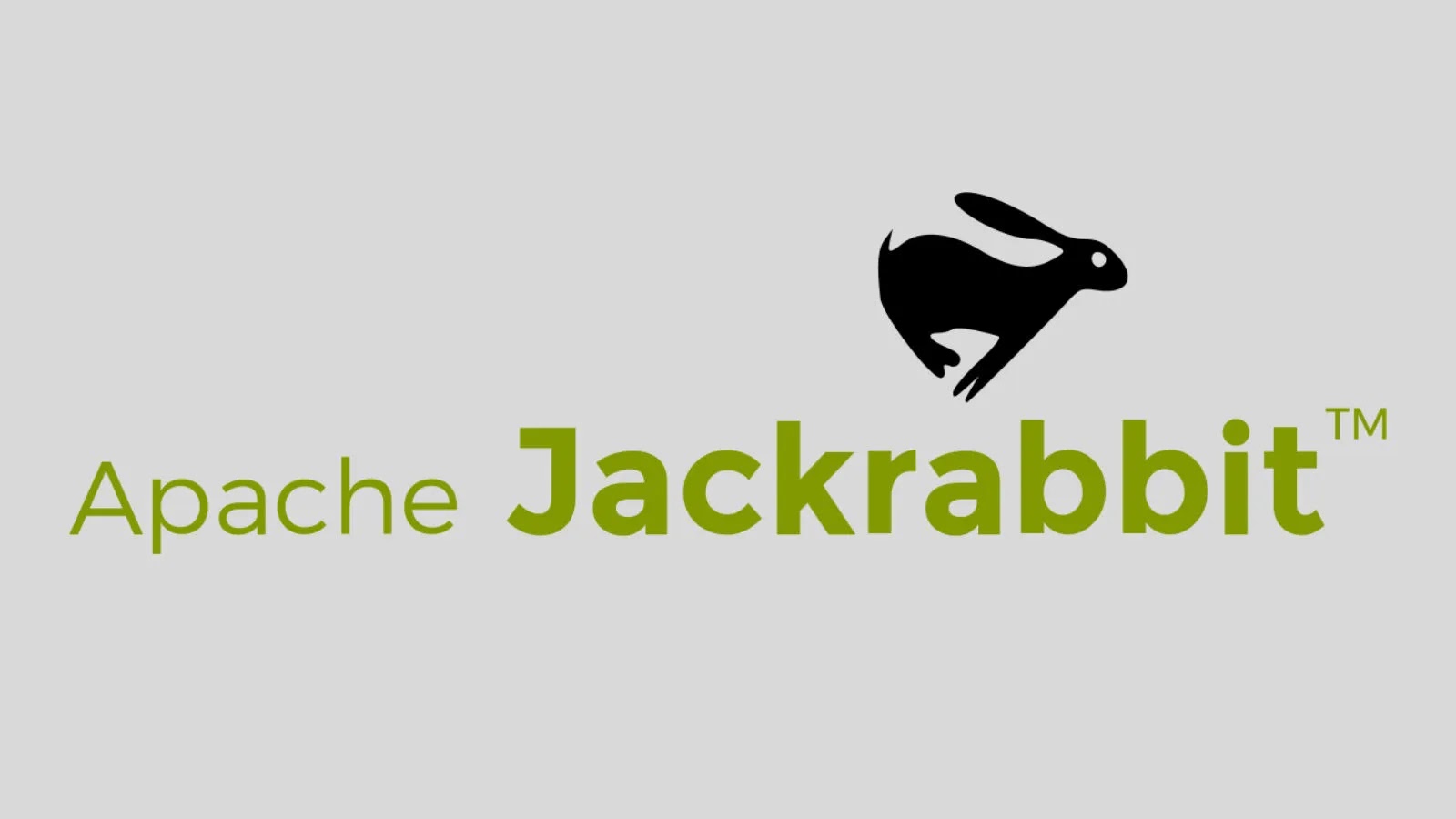
Apache Jackrabbit Exposes Systems To Arbitrary Code Execution Attacks
The digital landscape is fraught with perils, and few threats are as insidious as remote code execution (RCE) vulnerabilities. When a popular open-source content repository widely used in enterprise content management (ECM) systems and web applications exposes such a flaw, it sends ripples of concern throughout the cybersecurity community. This precisely describes the recent discovery within Apache Jackrabbit.
A critical security vulnerability has been identified in Apache Jackrabbit, potentially allowing unauthenticated attackers to achieve arbitrary code execution on vulnerable servers. This presents an urgent and high-severity risk to system integrity, data confidentiality, and operational continuity. Understanding the mechanics of this flaw and implementing immediate remediation is paramount for any organization utilizing Apache Jackrabbit.
What is Apache Jackrabbit?
Apache Jackrabbit is an open-source content repository developed under the Apache Software Foundation. It is a mature and robust implementation of the Java Content Repository (JCR) API (JSR-283), designed to store, manage, and retrieve hierarchical content. Its flexibility and powerful features have made it a cornerstone for various applications, from content management systems and document archives to custom web applications requiring structured content storage.
Given its widespread adoption in enterprise environments, a vulnerability that allows unauthenticated arbitrary code execution within Jackrabbit has significant implications across numerous industry sectors.
The Critical Jackrabbit Vulnerability Explained
The recently discovered flaw in Apache Jackrabbit is a severe unauthenticated arbitrary code execution vulnerability. This means an attacker, without needing any prior authentication credentials, can execute malicious code directly on the server hosting the vulnerable Apache Jackrabbit instance. Such an attacker can potentially gain full control over the affected system, leading to data exfiltration, service disruption, or further network penetration.
While the specific technical details of the vulnerability (e.g., the exact entry point or exploit mechanism) are often initially withheld to prevent widespread exploitation, the classification as “arbitrary code execution” signifies its profound impact. Exploitation often leverages deserialization flaws, injection vulnerabilities, or improper handling of user-supplied input, allowing the attacker to subvert the application’s intended logic and execute commands at the server’s privilege level.
Organizations must treat this as an immediate critical threat due to its high severity and ease of exploitation by unauthenticated actors.
Impact of Arbitrary Code Execution
The consequences of a successful arbitrary code execution attack are severe and multifaceted:
- Full System Compromise: Attackers can gain complete control over the compromised server, allowing them to install backdoors, modify system configurations, and deploy additional malicious software.
- Data Breach: Confidential and sensitive data stored on or accessible from the server can be exfiltrated, leading to significant financial and reputational damage.
- Service Disruption: Attackers can shut down or tamper with services orchestrated by Jackrabbit, causing operational downtime and impacting business continuity.
- Lateral Movement: A compromised Jackrabbit server can serve as a jumping-off point for attackers to move laterally within the organization’s network, compromising other systems and expanding their foothold.
- Crypto-jacking/Ransomware: Attackers might deploy cryptocurrency miners or ransomware, encrypting critical data and demanding payment.
Remediation Actions for Apache Jackrabbit Users
Immediate action is crucial to mitigate the risks posed by this severe vulnerability. Organizations using Apache Jackrabbit should follow these steps diligently:
- Patch Immediately: The most critical step is to apply the security patch or update to the latest secure version of Apache Jackrabbit as soon as it is released by the Apache Software Foundation. Always refer to the official Apache Jackrabbit security advisories for specific version recommendations.
- Monitor Official Advisories: Regularly monitor the official Apache Jackrabbit security page and the CVE database for specific CVE numbers and detailed patching instructions. While the reference article did not provide a specific CVE, it is expected to be assigned shortly.
- Network Segmentation: Isolate Apache Jackrabbit instances within your network using firewalls and network segmentation. Limit direct internet access to these instances to the absolute minimum necessary.
- Principle of Least Privilege: Ensure that the Apache Jackrabbit service runs with the lowest possible privileges required for its operation.
- Intrusion Detection/Prevention Systems (IDPS): Ensure IDPS are configured to monitor for unusual activity, particularly inbound connections or anomalous process execution originating from the Jackrabbit server.
- Regular Security Audits: Conduct regular security audits and penetration testing of systems running Apache Jackrabbit to identify and address potential weaknesses proactively.
- Content Validation: Implement robust input validation and sanitization for all content submitted to or through Jackrabbit, even when the specific exploit method is unknown.
Detection and Scanning Tools
To aid in detecting vulnerable instances and ensuring proper mitigation, the following tools can be useful:
| Tool Name | Purpose | Link |
|---|---|---|
| Nessus | Comprehensive vulnerability scanning and auditing. | https://www.tenable.com/products/nessus |
| OpenVAS | Open-source vulnerability scanner for comprehensive network assessment. | https://www.greenbone.net/en/community-edition/ |
| OWASP ZAP | Web application security scanner for identifying vulnerabilities. | https://www.zaproxy.org/ |
| Qualys VMDR | Cloud-based vulnerability management, detection, and response. | https://www.qualys.com/vmdr/ |
Conclusion
The discovery of an unauthenticated arbitrary code execution vulnerability in Apache Jackrabbit highlights the continuous need for vigilance in cybersecurity. For organizations leveraging this content repository, immediate attention to patching and robust security practices is non-negotiable. Proactive monitoring, adherence to official security advisories, and a layered security approach are essential to protect against such high-impact threats. Stay informed, stay patched, and secure your exposed systems.





